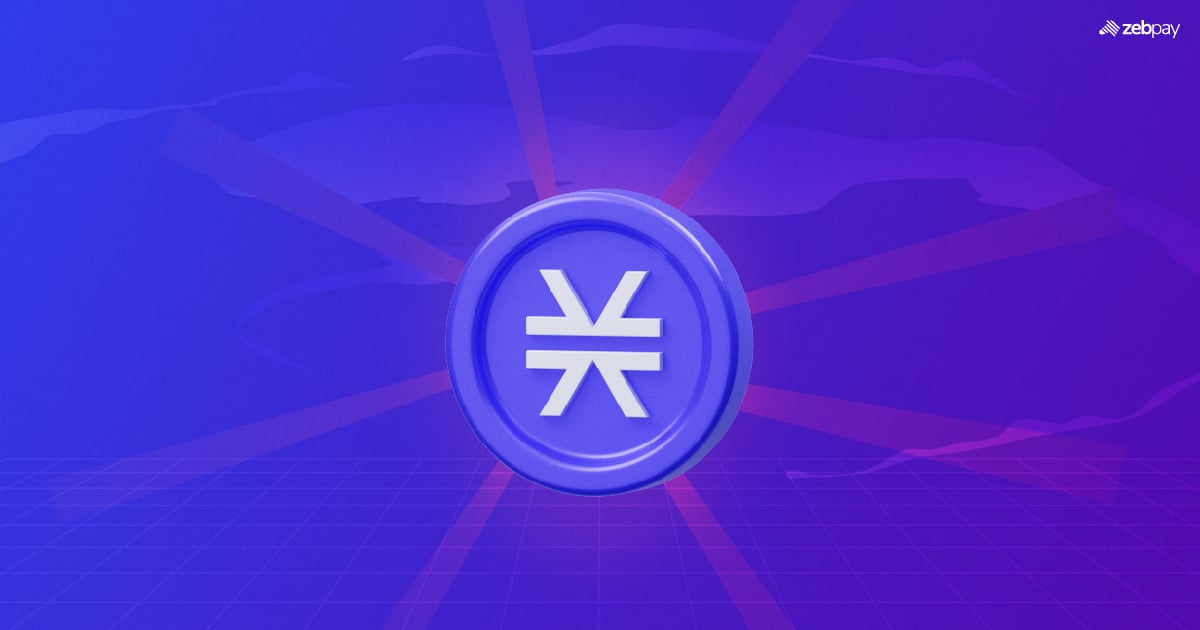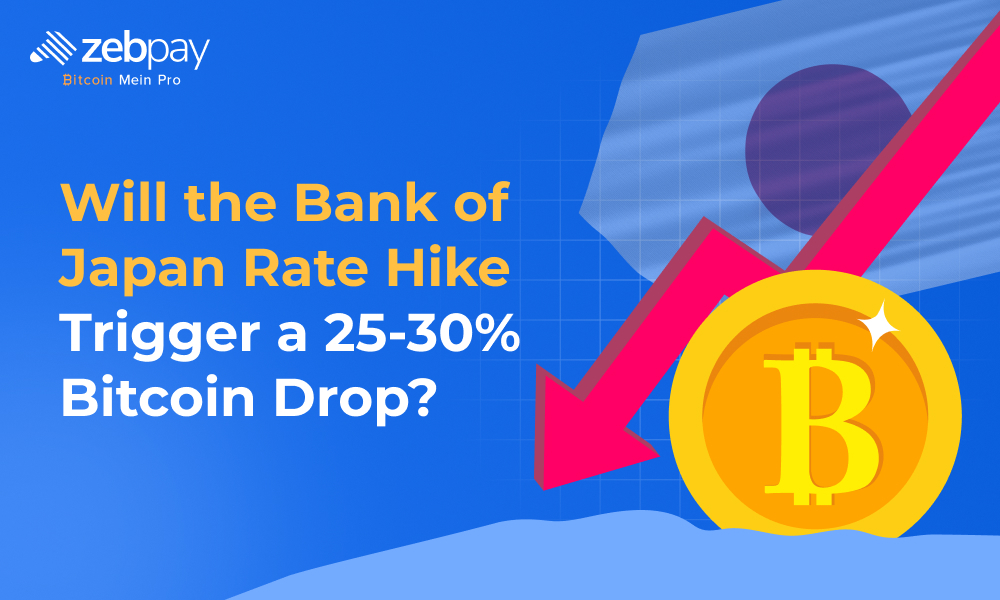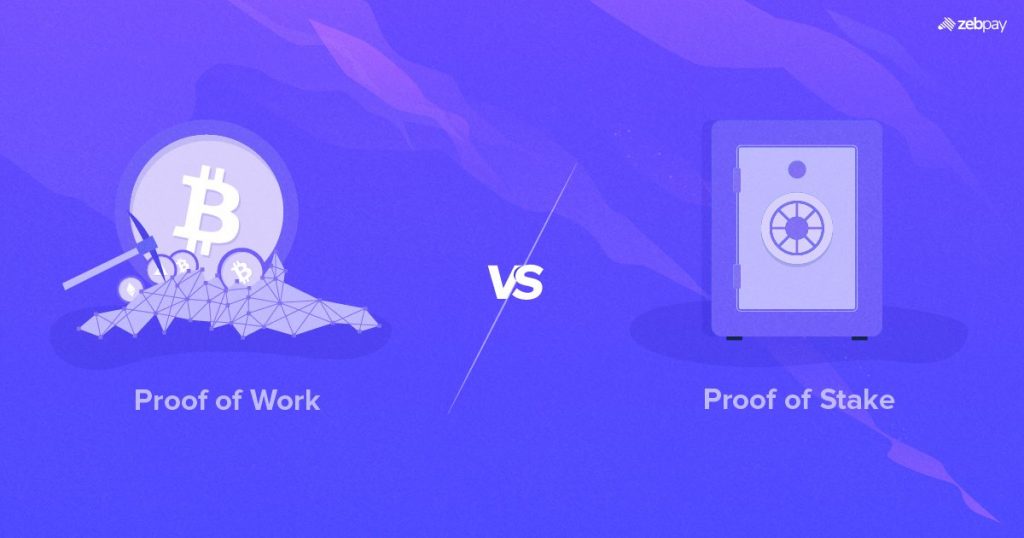Dapps and smart contracts are the most prominent use cases of the crypto world. There are several blockchains which enable smart contract functionality. But the most popular crypto in the world, Bitcoin, does not have the capability of smart contracts. This is where the Stacks blockchain comes into the picture.
Stacks (formerly known as Blockstack) is a decentralized computing network and blockchain that enables the development and deployment of decentralized applications (dApps). The Stacks blockchain is the layer 1 blockchain for the Stacks ecosystem. It uses the consensus mechanism called “Proof of Transfer” (PoX) and it uses the bitcoin blockchain as the security layer. The Stacks blockchain enables the use of smart contracts, digital asset ownership, and a decentralized naming system.
How Stacks(STX) is secured by Bitcoin?
Stacks (STX) is secured by Bitcoin through the use of a consensus mechanism called “Proof of Transfer” (PoX). PoX is a mechanism that allows users to “mine” or validate transactions on the Stacks blockchain by holding and “staking” Bitcoin.
When a user wants to participate in the mining process on the Stacks blockchain, they must first transfer a certain amount of Bitcoin to a designated address. This transfer serves as proof that the user has a certain amount of Bitcoin at their disposal and that they are willing to “stake” or lock it up in order to participate in the mining process.
Once the Bitcoin is transferred, the user is able to mine Stacks blocks and earn STX as a reward. In this way, the security of the Stacks blockchain is directly tied to the security of the Bitcoin blockchain, since the Stacks blockchain relies on the security provided by the Bitcoin network to validate its own transactions.
The Stacks Blockchain
Architecture and Design
The Stacks blockchain is based on the Bitcoin blockchain. It also uses the same UTXO model for transactions. However, it adds a new concept called “Stacks” which are tokens that can be used to represent ownership of a specific portion of the blockchain. Additionally, the Stacks blockchain allows for the creation of smart contracts, called “Clarity” contracts, which are written in a new programming language designed specifically for the Stacks blockchain. The Clarity contracts are designed to be more secure and predictable than traditional smart contracts.
Consensus mechanism of Stacks – Proof of Transfer
Proof of Transfer(PoX) is a variant of the proof of work (PoW) consensus mechanism. PoW requires miners to perform complex mathematical calculations in order to create new blocks, whereas PoX requires miners to transfer or “burn” a small amount of Bitcoin in order to participate in the Stacks mining process. This transfer of Bitcoin serves as proof of the miner’s commitment to the Stacks network, and also provides a way to secure the Stacks blockchain. PoX is designed to be more energy efficient than PoW and aims to reduce the environmental impact of blockchain mining
Token issuance on Stacks Blockchain
Token issuance and Stacks governance on the blockchain work in a few different ways. First, a small amount of Bitcoin (BTC) is transferred or “burned” in order to participate in the Stacks mining process. This is done using the Proof-of-Transfer (PoX) consensus mechanism.
Once a miner has burned BTC, they can then mine new blocks on the Stacks blockchain. When a new block is mined, a certain number of new Stacks tokens (STX) are created and distributed to the miner and other participants in the network. This process is called “mining” and it is used to create new tokens and secure the network.
Another way to acquire STX is through token issuance. Token issuance is a process by which new STX tokens are created and sold to investors. The proceeds from these token sales are used to fund development and other expenses related to the Stacks blockchain. Token issuance events are usually done through Initial Coin Offerings (ICOs) or other fundraising methods
Token price and Supply
STX token is currently trading at $0.2676 with a circulating supply of approximately 1.3 billion STX. This circulating supply is 74% of the total capped supply.
STX use cases

Blockchain Governance
One of the primary use cases of STX is as a means of participating in the governance of the Stacks blockchain. STX holders can vote on proposed changes to the network and have a say in the direction of the project.
Decentralised Finance and more
STX can also be used to pay transaction fees and smart contract execution on the Stacks blockchain. The Clarity smart contract language used on the Stacks blockchain is designed to be more secure and predictable than traditional smart contracts, which allows for a wider range of use cases such as decentralised finance (Defi) applications, digital identity, and non-fungible tokens (NFTs).
STX can be held as a digital asset
Another use case for STX is as a form of collateral for certain types of smart contracts. This allows for the creation of new financial instruments and decentralised lending platforms. It can also be held on crypto exchanges as a digital asset.
STX Ecosystem and Partnerships
The STX blockchain platform was developed by Blockstack PBC. The ecosystem includes a decentralized network, a virtual machine, and a crypto (STX) used to pay for network transactions and computations.
Blockstack PBC has announced partnerships with several companies and organizations to build decentralized applications (dApps) on the STX platform. These partners include
- Protocol Labs: Collaborating to build a decentralized version of the InterPlanetary File System (IPFS) on STX.
- ChainGuardian: Building a decentralized security platform for smart contract audits and threat intelligence on STX
- Summa: Building a decentralized cross-chain liquidity protocol on STX
These partnerships and collaborations aim to expand the capabilities and use cases of the STX platform and to drive adoption and growth in the STX ecosystem.
Conclusion
The Stacks blockchain is a highly ambitious project which leverages the most influential crypto in the world, Bitcoin. The larger aim is to revolutionise the use of Bitcoin through the Stacks technology. There are numerous applications which have already been built using the Stacks blockchain and the numbers are growing by the day.
You can now buy Stacks (STX) on ZebPay India. Keep yourself up to date with the latest crypto news on ZebPay blogs.







